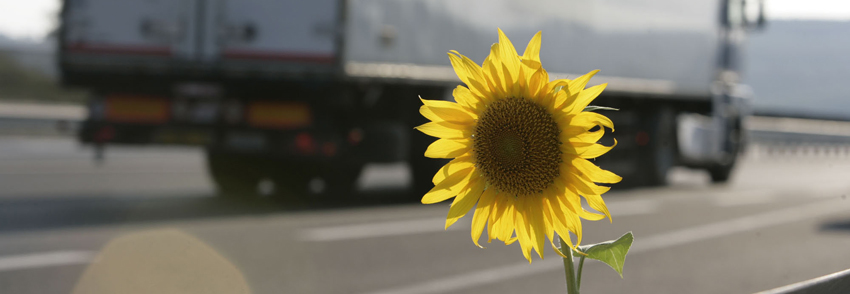
About the introduction of the system
On 1st of July 2013, the electronic, distance-based toll system (DTS) has been introduced on a total of 6,500 km (from 1 December 2013) road network of the Hungarian public road network (motorways, highways, main routes).
The new system will comply with the European Union requirements and the directives of the European Electronic Toll Service (EETS) (Act LXVII of 2013 on distance-based toll payable for the use of motorways, highways and main routes). The rate of distance-based toll payment depends on the used road type, the category of the motor vehicle (J2, J3, J4), as well as its environmental classification.
| J2 category | Heavy goods vehicle with a maximum total permissible weight over 3.5 tons and with 2 axles |
| J3 category | Heavy goods vehicle with a maximum total permissible weight over 3.5 tons and with 3 axles |
| J4 category | Heavy goods vehicle with a maximum total permissible weight over 3.5 tons and with 4 or more axles |
The Hungarian Government has designated the National Toll Payment Services PLC (NÚSZ Zrt.) to conduct all of the tasks related to the collection of tolls and all of the bound toll services, and the Company will play a significant role in the control support tasks as well.
Catching up with Europe with HU-GO
The continuous development and the safe operation of the public road network means a significant financial burden, and the only solution for financing these costs is toll collection. In Hungary the universal e-vignette system applied so far, i.e. the period-based road use toll collection was not able to establish the necessary financial background.
In contrast, the HU-GO system means an increased toll revenue, which ensures the financial means for developing, maintaining and operating the road network. In addition, the new toll collection system follows the principle “user and polluter pays”, according to which everybody pays in proportion to the rate of using the toll section of the Hungarian road network and the rate of environment pollution. The distance-based toll payment results in a significant increase in revenues from international transit traffic.
The utilisation of the increased revenue due to the introduction of the HU-GO system is determined by the requirement system of the EU: it can only be used in the public road and traffic sector. Accordingly, HU-GO facilitates the closing-up with European traffic standards, it balances the financing, and it makes the use of shorter road sections also profitable. In addition, by proportionately increasing the costs, contractors will be also interested in responsible road use.


